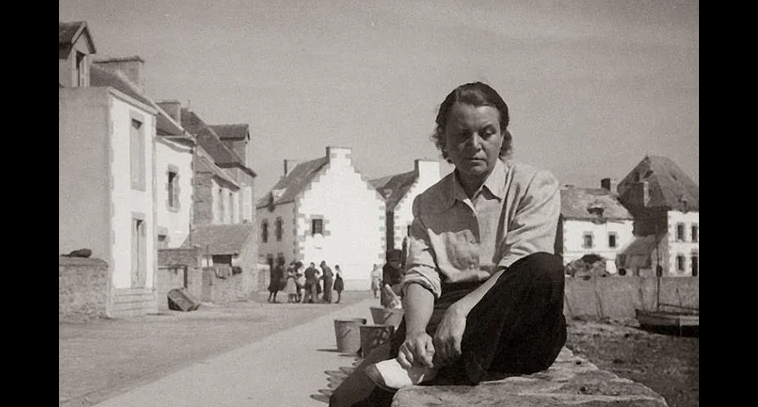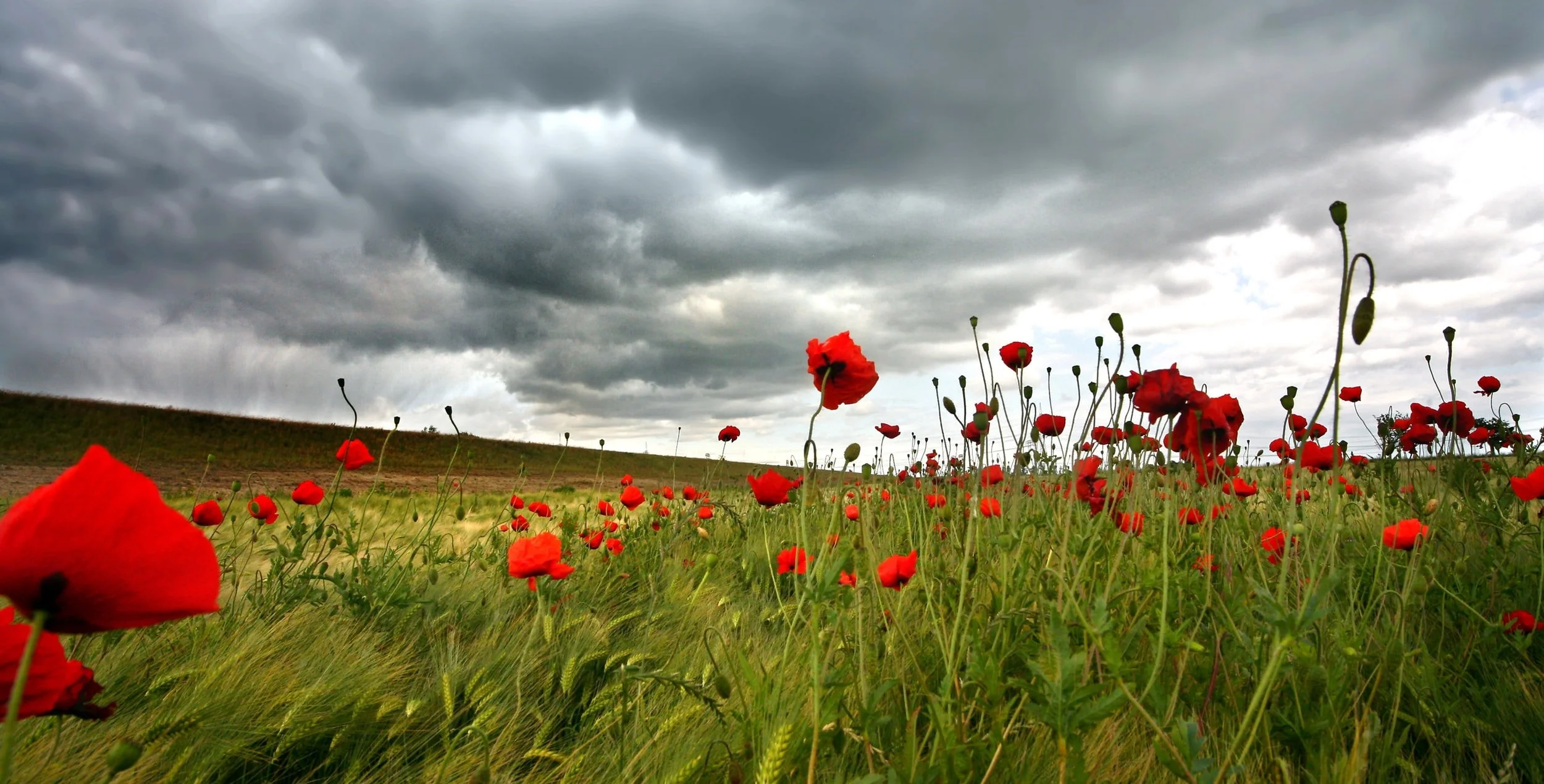Bohemian artist Frantisek Kupka is the forefront mind behind the art form of Orphism. Orphism focuses on color and abstraction, similar to Cubism but also an “evolution” where abstract shapes are given precedence in contrast to solid, known geometric shapes. There are many examples of Orphism to see, spanning many years.
Alfons Mucha: Father of Art Nouveau and Proud Czech
Alfons Mucha was an illustrator and the originator of the Art Nouveau movement. After being expelled from school for doing poorly, he decided to become a professional artist but still had trouble getting accepted by the Acadamy of Fine Arts in Prague, meaning he had to begin with a modest career. With the aid of a wealthy benefactor, Mucha worked as an illustrator in Paris, where he found his first lucky break when being commissioned to work on the commercial advertisement of Sarah Bernhardt’s Gismonda. This was the moment when his career prospects and celebrity skyrocketed.
The Life of Zuzana Růžičková
Zuzana Růžičková was a prominent pianist and musician. Although her life began with sickness, learning the piano and the harpsichord provided Růžičková with a passion to pursue throughout her life. The occupation of the Nazis in Czechoslovakia interrupted her life, like the lives of others, but her passion for music remained indefinitely throughout. Throughout her adult life, Zuzana Růžičková would proceed to win accolades and perform around the world, remaining a part of the Czech musical community until her death in 2017.
Casanova's time in Bohemia
Giacomo Girolamo Casanova, a man whose name has become synonymous with womanizing, spent his final years and composed a rich autobiography in Bohemia. His life began in Venice, Italy where he spent most of his childhood, including the discovery of romance, with the daughter of Gozzi. Due to the trouble Casanova ran into in Venice, he eventually settled in Prague, where he met Wolfgang Amadeus Mozart.
Meda Mladkova
Meda Mladkova was a patron of the arts who helped support Czech artists stuck behind the Iron Curtain. She trained to be a dancer but decided to leave Czechoslovakia after witnessing how terribly the Germans who remained in the country were treated at the end of the Second World War. Even when she met the Ministers of Culture and Education and the Director of the Nationa Gallery, she truthfully and successfully stood up for artistic freedom.
Eliska Junkova: Racing into History
Eliška Junková is the first woman to win the Grand Prix, in 1927. Even before, Junková was “Queen of the Steering Wheel,” a well-earned title that she worked towards since 1922. Her dedication to racing began with her dedication to her husband, Vincenc “Čenêk” Junek, whom she met at her job at the Prague Credit Bank.
Toyen: Czech Surrealist Artist (1902-1980)
Toyen, born Marie Čermínová, was a foundational Czech Surrealist artist who explored gender expression. In her early days, she traveled to Paris where she promoted a poetry-inspired art style called "Artificialism." Her own art explored gender, politics, and eroticism, which challenged viewers. After the Communist takeover of Czechoslovakia, Toyen lived in Paris, creating new, expressive pieces, for the rest of her life.
An Army with No Country: A Siberian Odyssey
It’s the First World War, and the Czechoslovaks got to get their soldiers from Ukraine to France, but without going through a Central Powers country or a sea without enemy ships. What do they do? Naturally, they go East: fight through the Bolsheviks, take over the Russian railway network, capture most of Siberia, and reach Vladivostok before the ships arrive to get you home. All this while losing less than 10% of your men over three years of fighting. It might sound crazy, but this is just the 2nd part to the story of the Czechoslovak Legion.








